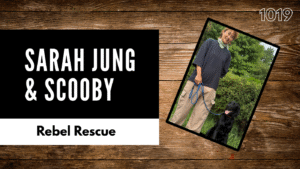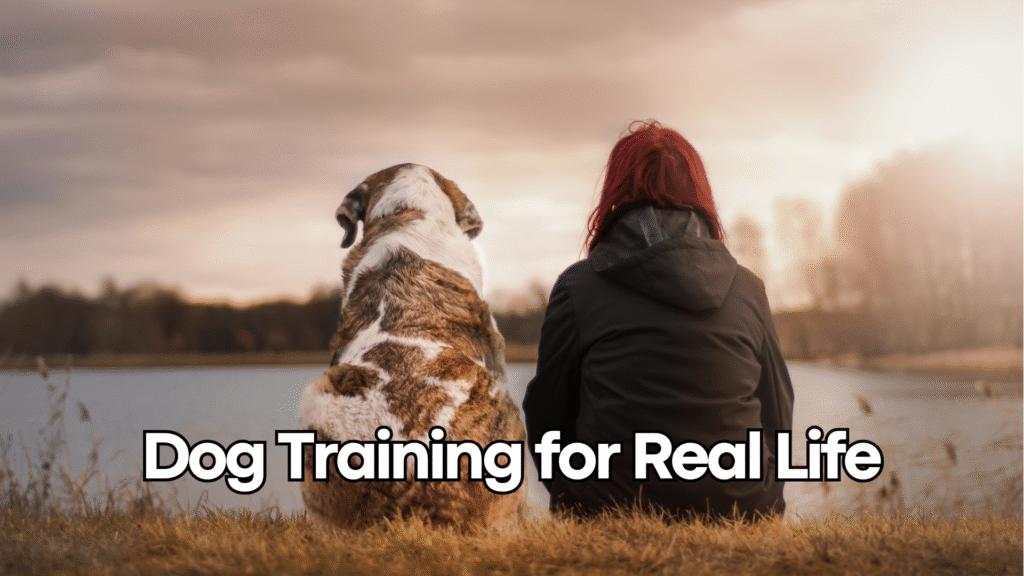Imagine walking your dog through a bustling park, their behavior impeccable, turning heads for all the right reasons. This isn’t just a dream, it’s achievable with the right training. In this guide, we’ll explore how to prepare your dog for real-life scenarios, ensuring they behave well in public.
Understanding the Importance of Public Behavior Training
Training your dog to behave in public is crucial for safety, legal compliance, and overall well-being. Proper training minimizes risks like jumping on strangers or chasing wildlife, and ensures your dog is a confident companion in any environment.
Foundations of Public Behavior Training
Start with basic obedience commands like sit, stay, and come. Consistency and patience are key, use the same commands and reward desired behaviors promptly. Positive reinforcement, such as treats and praise, encourages your dog to repeat good behaviors.
Step-by-Step Guide to Public Behavior
Establish Basic Obedience at Home: Begin training in a distraction-free environment with high-value treats. Teach Polite Leash Walking: Use a harness suited for your dog’s size and correct pulling by stopping or changing direction. Introduce Controlled Exposure: Gradually expose your dog to public settings, starting with quiet parks or streets. Reinforce Commands in New Environments: Practice commands during mild distractions and reward calm behavior. Address Specific Public Behaviors: Teach your dog to sit when greeting people and use commands to ignore distractions.
Handling Common Behavior Challenges
Pulling on the Leash: Use a front clip harness and practice leash training techniques. Jumping on People: Teach your dog to sit or stay when greeting others. Barking or Reactivity: Identify triggers and desensitize your dog gradually.
The Role of Socialization
Socialization is critical for training in real-life settings. Expose your dog to various environments, people, and other animals from a young age. Use positive reinforcement to build confidence and ensure each experience is positive.
Conclusion
Training your dog to behave in public is a gradual process that requires patience, consistency, and positive reinforcement. Celebrate small victories and remember that ongoing reinforcement is essential for maintaining good behavior. By investing time and effort into public behavior training, you’ll enjoy more relaxed outings and strengthen your bond with your dog.
Subscribe Now
For more tips and insights on dog training, subscribe to Dog Works Radio and visit our website at alaskadogworks.com.
We offer a FREE Strategy Call.
Click on the graphic to learn more
Read More

From Dog Farms to Forever Homes: Scooby’s Fight for a Second Chance in Korea

Updates and Information for Dog Enthusiasts Regarding the CDC’s New Dog Import Rule








